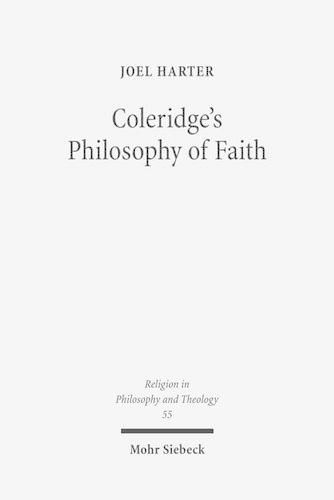Readings Newsletter
Become a Readings Member to make your shopping experience even easier.
Sign in or sign up for free!
You’re not far away from qualifying for FREE standard shipping within Australia
You’ve qualified for FREE standard shipping within Australia
The cart is loading…






Joel Harter reconstructs Samuel Taylor Coleridge’s intellectual project as a philosophy of faith that anticipates modern philosophical hermeneutics, challenges reductive notions of reason and personhood, and illustrates the progressive potential of the biblical tradition. His central claim is that Coleridge’s definition of the symbol is his attempt to reclaim an allegorical vision in response to modern alienation. The symbolic imagination affirms meaning through ongoing interpretation and informs Coleridge’s various efforts in literature, philosophy, theology, and cultural criticism. Harter examines Coleridge’s complex appropriation of Immanuel Kant and Friedrich Schelling, and clarifies the relationship of symbol to allegory and irony. Harter also responds to later postmodern challenges to meaning and transcendence. In a discussion that includes Paul Ricoeur, David Tracy, and modern theologies of symbol the author concludes that Coleridge’s understanding of the symbol reconciles reason and revelation and that creative imagination is necessary for critical philosophy and theology.
$9.00 standard shipping within Australia
FREE standard shipping within Australia for orders over $100.00
Express & International shipping calculated at checkout
Joel Harter reconstructs Samuel Taylor Coleridge’s intellectual project as a philosophy of faith that anticipates modern philosophical hermeneutics, challenges reductive notions of reason and personhood, and illustrates the progressive potential of the biblical tradition. His central claim is that Coleridge’s definition of the symbol is his attempt to reclaim an allegorical vision in response to modern alienation. The symbolic imagination affirms meaning through ongoing interpretation and informs Coleridge’s various efforts in literature, philosophy, theology, and cultural criticism. Harter examines Coleridge’s complex appropriation of Immanuel Kant and Friedrich Schelling, and clarifies the relationship of symbol to allegory and irony. Harter also responds to later postmodern challenges to meaning and transcendence. In a discussion that includes Paul Ricoeur, David Tracy, and modern theologies of symbol the author concludes that Coleridge’s understanding of the symbol reconciles reason and revelation and that creative imagination is necessary for critical philosophy and theology.